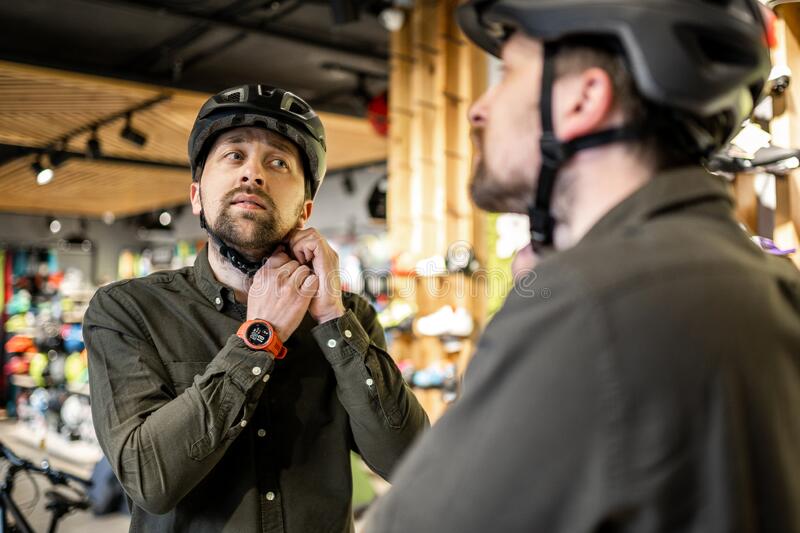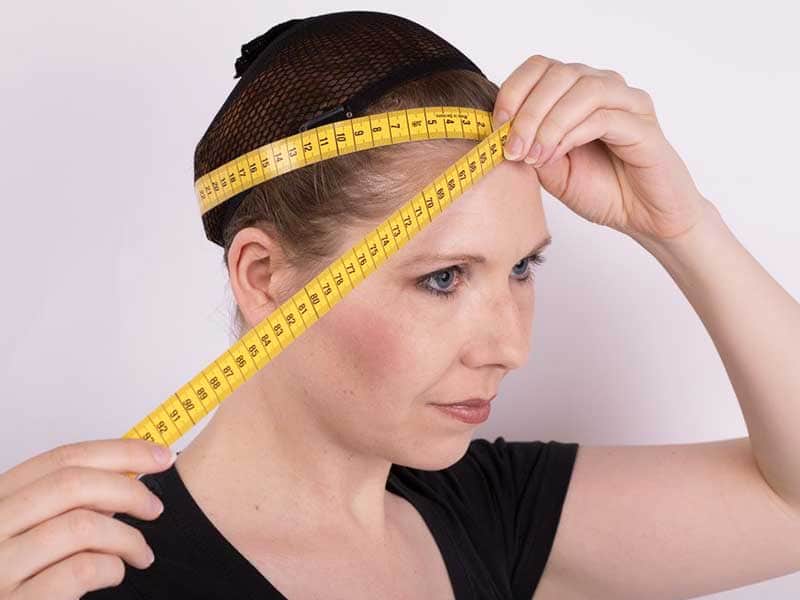Having a well-fitting helmet is very important when driving to prevent accidents if an accident occurs. Whether you’re riding a motorcycle, bike or soccer, wearing a helmet can help protect you from traumatic brain injury. The most common way to determine helmet size is to measure your head circumference. Today’s article will show you how to measure head for helmet properly to ensure you have the best helmet possible.
Benefits of choosing the right helmet size
Many people often think that choosing a wide helmet is more comfortable. However, that is completely wrong and contains quite a lot of risks. In fact, choosing the right
helmet size is very important. A cramped hat not only feels uncomfortable but also makes it impossible for blood to flow, causing the wearer to lose control when driving. As for the wide hat, the most dangerous thing is that it cannot be fixed on the head, so it can obstruct the view and not ensure the safety of the wearer’s life in the event of a collision,…
But if you choose the right helmet size, the first benefit you will get is riding comfort. Next is the safety of the head area thanks to the tight design, fitting and not moving when there is a collision or external force. Not only that, wearing a helmet of the right size will show your grooming and significantly increase your aesthetics. So how to measure head for helmet?
How to measure head for helmet?
Measure your head circumference
First, you should consider the helmet shape before its size. If you’re looking for a motorbike helmet, this is extremely crucial. There are three main types of shapes, namely long oval, intermediate oval and round oval. Helmet shape matters for most helmets, although it’s more important for
motorcycle helmets.
- Long oval means the shape of the head and helmet, longer from front to back than from side to side.
- The intermediate oval means the shape of the helmet will be slightly longer from front to back than from side to side. This is the most common shape.
- The rounded oval is roughly equal from front to back because it leans to one side.
Now let’s use a plastic ruler to measure. Wrap the tape measure around your head and make sure it’s just above your eyebrows. Make sure the ruler is level with your head but not clamped. Ask a friend or family member for help, or use a mirror to observe. If you are measuring your own head circumference, cross the ends of the tape measure in front of your head for easier reading. After measuring, read the number on the wire. Record the largest of your measurements.
Trying on a helmet
Determine the type of helmet depending on the purpose you need it for. Each helmet is designed to withstand specific types and forces of impact specific to that sport. For example, don’t wear a bike helmet for climbing or wear a polishing helmet on your motorcycle. In some cases, there may be more than one type of helmet for a sport, such as cycling. Next, choose a helmet that fits your head circumference. Most helmets are designed to fit a wide range of head circumference measurements. Most helmet manufacturers list head circumference prominently on helmet packaging.

You can see the size symbol – small, medium, or large – correlated with a helmet sizing chart that lists head circumference measurements. Once selected, try on your helmet before you buy it to make sure it fits. Your forehead and the back of your head should be completely covered by the helmet. If you put it on and shake your head from front to back or side to side, the helmet should not sway in either direction. And if someone puts their hand on top of the helmet and twists it, your head will go with the helmet. If the helmet twists freely on your head, it is too loose.
Check carefully before use
Before use, adjust the chin strap of the hat. The strap should fit snugly and should not restrict your ability to breathe, swallow or speak. However, it must not be so loose that you can easily slip a finger between the strap and the chin. Next, check the padding. Many helmets come with removable padding that can be washed after use to keep them clean.
It is also an option to purchase extra padding to add to the helmet. You should only buy extra padding if you can’t find a helmet that fits and fits you. Check the hat for cracks or damage of any kind. Use caution if the helmet is damaged. Instead, send it back to the retailer or the manufacturer. If you don’t have a helmet, don’t ride or cycle until you get another helmet. Now you have learned how to measure head for helmet, right?
Conclusion
A comfortable and safe ride is enhanced with a well-fitted motorcycle helmet. If the helmet doesn’t fit properly, it can cause pain and often lead to dangerous distractions, and it may not fully protect the rider’s head during a crash. So, finding a motorcycle helmet that fits the rider is crucial to the helmet’s dual mission of comfort and safety. This article has shown how to measure head for helmet in 3 easy steps.
Read more:



